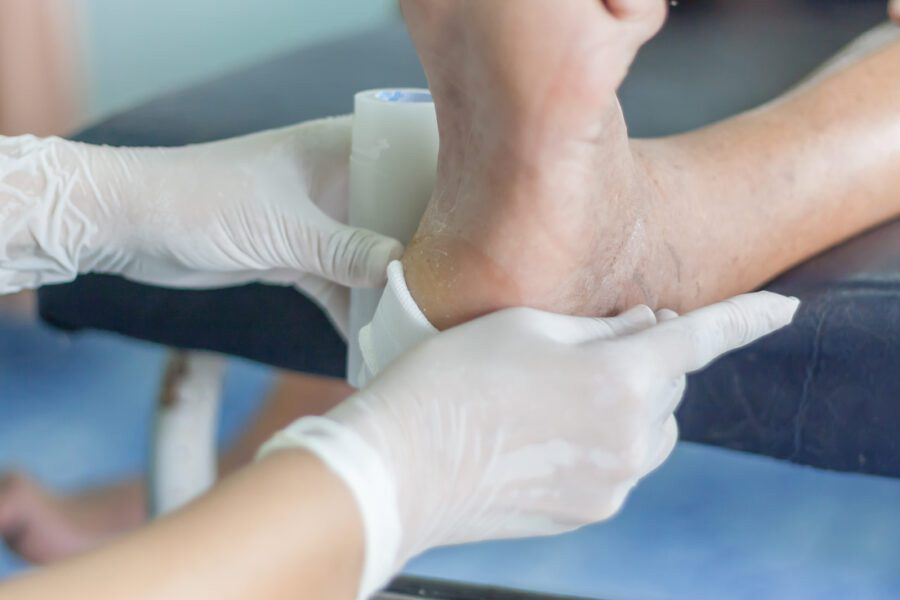Diabetic foot pain is a common complaint among diabetics. Uncontrolled glucose levels can cause nerve damage, which causes pain in the feet, also known as peripheral neuropathy. When the nerves are damaged, they may not be able to send signals properly, and this can lead to pain or numbness in the feet.
Neuropathy in the feet can make standing and walking difficult. However, with the right treatment, individuals with peripheral neuropathy can improve their symptoms and focus on their lives. In this blog, we will discuss the goals of diabetic foot pain treatment and where to get it in Cincinnati, OH.
The Goals of Diabetic Foot Pain Treatment
The primary goals are to relieve pain and slow the progression of nerve damage. Treatment plans for a diabetic foot are comprehensive, encompassing the patient’s lifestyle since glucose levels need to be well-managed for it to be effective long-term.
Relieving Pain
There are several different approaches to treating diabetic foot pain. Medication can be used to help relieve pain and reduce inflammation. Commonly prescribed medications include nonsteroidal anti-inflammatory drugs (NSAIDs), steroids, anticonvulsants, and tricyclic antidepressants. Physical therapy programs to ease diabetic foot pain symptoms are also helpful. Diabetic shoes, which are created specifically for those with diabetic foot pain and therefore relieve pressure and reduce skin breakdown, can help greatly with easing painful symptoms.
Critical to reducing diabetic foot pain is to protect your feet from further injury. This may include wearing shoes that fit well and support your feet, avoiding walking barefoot, and carefully inspecting your feet every day for any new cuts or blisters. If you have an open wound, proper diabetic wound care is very important to prevent further foot pain. Wounds should be cleaned daily with soap and water or an antibacterial solution such as hydrogen peroxide or iodine solution. Dressings should be applied as needed to keep the wound clean and dry. In some cases, surgery may be necessary to remove dead tissue or repair damaged bones or blood vessels. Ask for guidance on proper diabetic wound care from a board-certified podiatrist.
Seeing a podiatrist regularly is helpful because they can provide recommendations for preventing foot problems and advice on how to treat any foot problems that may develop over the course of living with diabetes. With expert guidance, you can find relief and avoid serious complications from your condition.
Slow Progression of the Disease
Lifestyle changes such as quitting smoking, eating a healthy diet (high in fiber and low in sugar), losing weight if overweight, and exercising regularly can also help improve circulation and reduce the risk of further complications from diabetes. Blood sugar levels should be kept under control. The American Diabetes Association (ADA) recommends an A1C of 7.0% or lower, however, consult your doctor, as a target range should be set by your healthcare team. It can be difficult to achieve your goals without the support of a medical professional. For best results, consult your doctor on a regular basis.
Diabetic Foot Pain Treatment in Cincinnati, OH
Our board-certified podiatrists at Cincinnati Foot & Ankle Care are qualified to treat patients with diabetic foot issues. We offer comprehensive services, from diabetic wound care to individualized recommendations for better foot health. We understand the potential risks and complications that can occur from diabetes, and we work closely with all our patients to improvethe health of their feet. For superior diabetic foot care, schedule an appointment with one of our podiatrists. Call our podiatry clinic nearest you or use our convenient online request form.
Share

People with diabetes often experience difficulty healing wounds.



